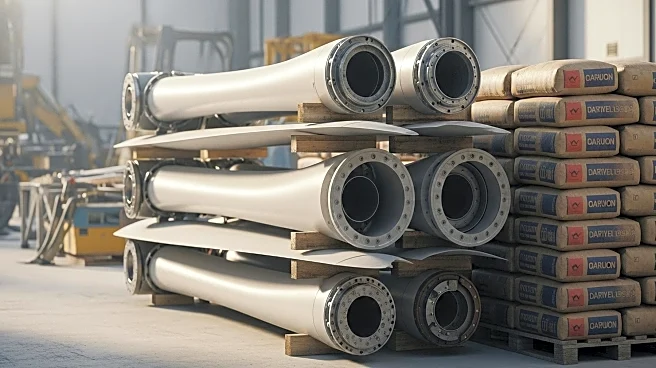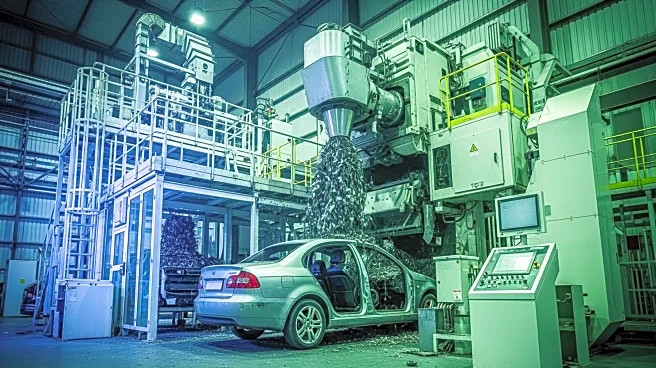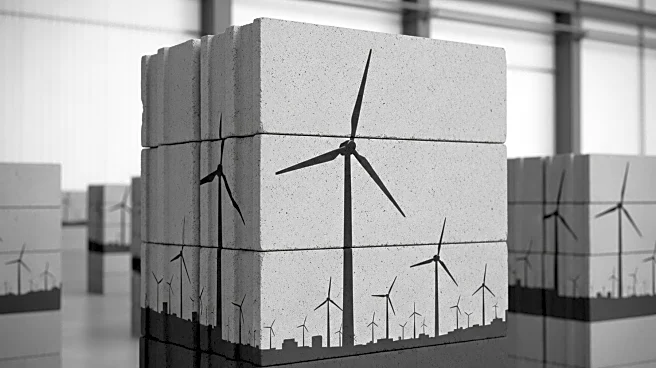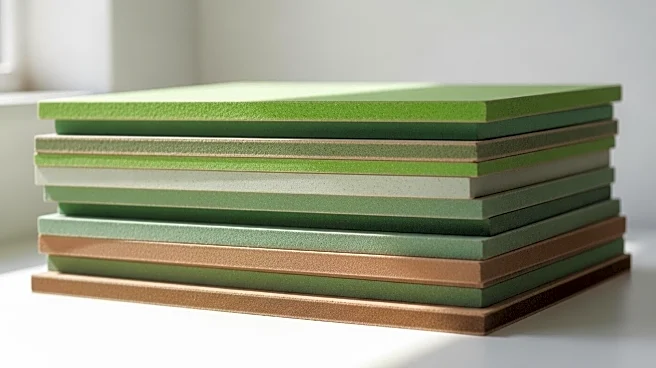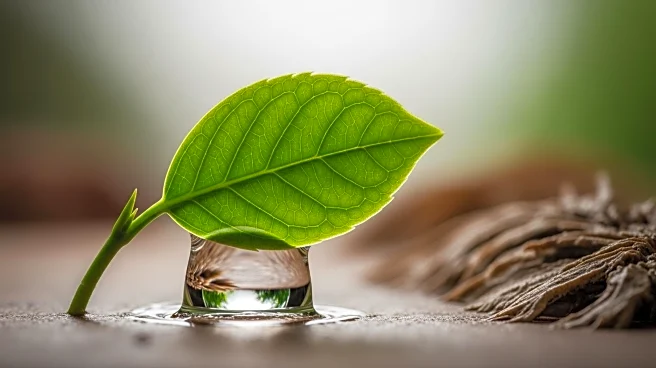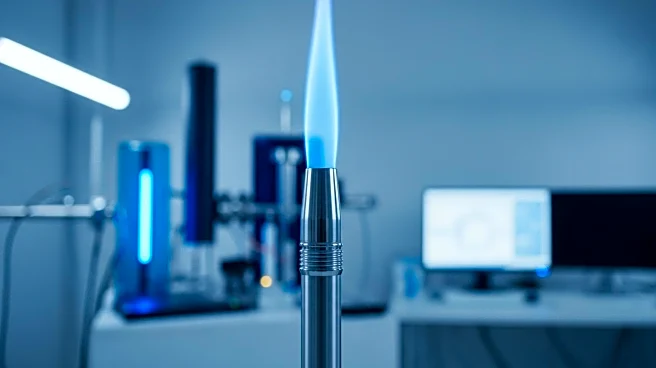What is the story about?
What's Happening?
Researchers have discovered that incorporating shredded composites from recycled wind turbine blades can significantly improve the mechanical performance of cement-based mortars. This innovative approach addresses the environmental challenge posed by the disposal of end-of-life wind turbine blades, which are made from tough, fiber-reinforced polymers. The study, published in Scientific Reports, explored the use of shredded composite material from these blades as partial replacements for cement or aggregate in mortar mixtures. The research team conducted mechanical testing, digital image correlation, and microstructural analysis to assess the performance of two size fractions of shredded composite material. The findings indicate that using coarser particles as aggregate replacement enhances the strength and toughness of the mortar, while finer particles used as cement substitutes may increase porosity and reduce mechanical performance.
Why It's Important?
This development is significant as it offers a sustainable solution to the growing environmental issue of wind turbine blade disposal. By repurposing these blades into construction materials, the research not only reduces waste but also enhances the durability and strength of cement mortars. This could lead to more sustainable construction practices and reduce the carbon footprint of the construction industry. The study highlights the potential for circular economy practices in construction, where waste materials are reused to create new products. This approach could benefit industries seeking to lower their environmental impact and improve the sustainability of their operations.
What's Next?
Future research is expected to focus on the long-term durability of these recycled materials under real-world conditions, such as freeze-thaw cycles and chloride ingress. Understanding how these materials perform over time will be crucial for advancing their use in construction. Additionally, further optimization of the fine shredded composite particles may be explored to enhance their bonding with the cement matrix and improve their structural performance. This could involve surface treatments or improved dispersion methods. The successful implementation of these materials could lead to broader adoption in prefabricated structural elements and pavement systems.
Beyond the Headlines
The study underscores the importance of innovation in addressing environmental challenges and highlights the potential for integrating waste materials into new applications. This approach not only contributes to waste reduction but also promotes the development of low-carbon construction materials. The research aligns with global efforts to transition towards more sustainable and circular economies, where resources are reused and recycled to minimize environmental impact.
AI Generated Content
Do you find this article useful?
